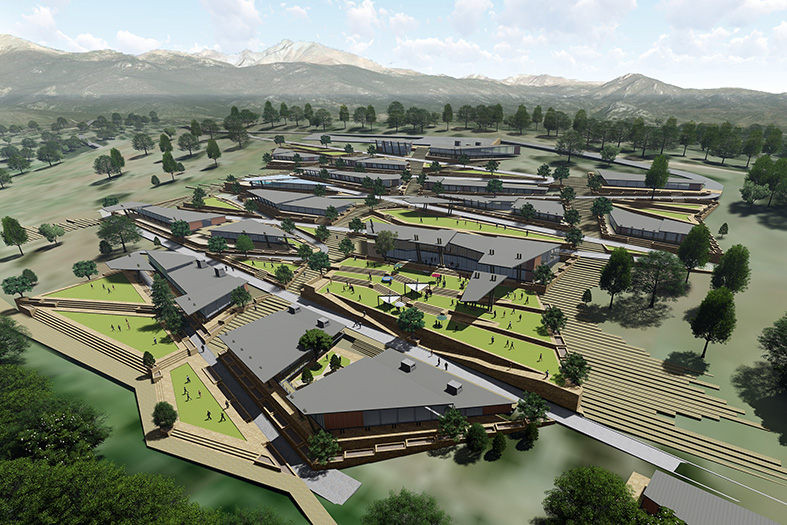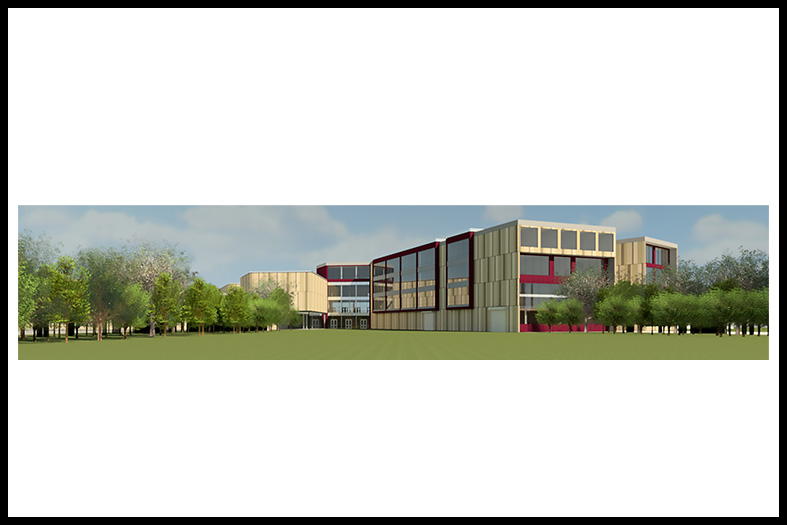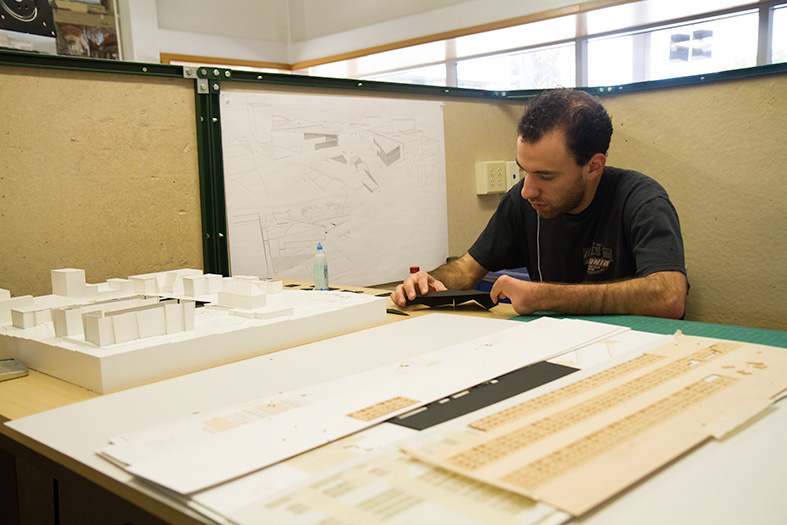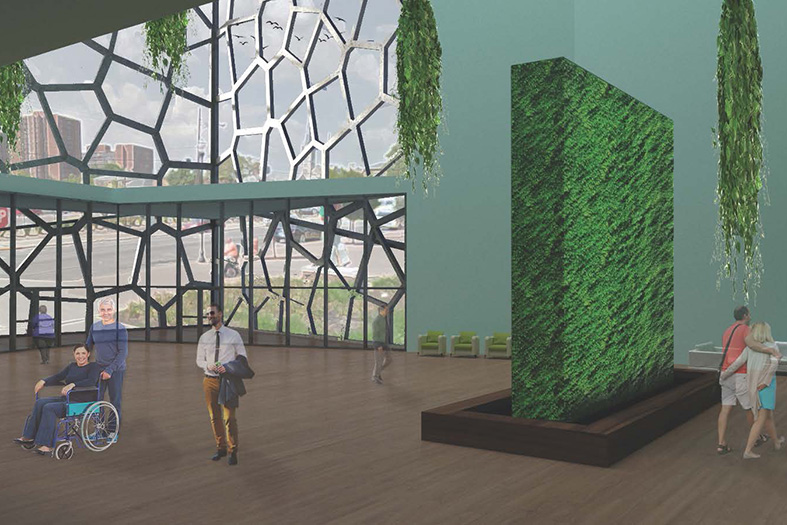Marching Toward the Finish
A quick look at the work master's of architecture students are presenting as part of their graduate thesis

Before donning their caps and gowns and walking across the commencement stage, graduating master’s students in the School of Architecture, Art and Historic Preservation are working towards one final deadline: Presenting and defending their graduate thesis design projects.
Graduate thesis design projects showcase the skills and strategies that students have learned during their time in the master of architecture program at RWU. The quality of work proves they are ready to take the next step in their architecture careers.
“Everything builds into making you a design professional,” Whitney Belton, a graduating student, said.
On May 11 and May 12, Belton and other master’s of architecture students shared and defended their work before a panel of reviewers made up of SAAHP professors and architecture experts. Here are some examples of what they presented:

William Herrich is working on his design for a PTSD rehabilitation center. The sprawling campus would cater to wounded warriors who need space to reconnect and recover. “This place is designed to help and expedite recovery for those dealing with traumatic war-time experiences," Herrich said. “Specifically, for returning soldiers with a mental or physical disability that interferes with their pre-trauma sense-of-self and their social integration.”

Marissa Douvas’ thesis is an exploration on how to use architecture designs to integrate multiple distinct programs into one building. “It’s for this reason that I chose to design a high school that includes a separate vocational school with its required programmatic needs that would be integrated throughout the high school,” Douvas said. “This perspective view shows the back of the building; there is a centralized atrium space that opens up into a field that is framed on both sides with trees. The idea behind this space was to provide an outdoor area that students could use for various activities.”

Roger Wilkie is adding a piece of matte board to his design that moves confederate monuments underground in Charlottesville, Virginia and creates a museum educating people about slavery. He says he chose this as his project to show how architects can help deal with timely issues in the world.

Whitney Belton is showing how architecture can help create a space that will reduce the occurrence of noncommunicable diseases throughout the world. She says a facility is needed to study these specific diseases, their causes and possible treatments. She took her project in this direction because she has known a number of people who’ve suffered from noncommunicable diseases. “The overall design goal is to reflect the future of a healthy global population,” Belton said.
